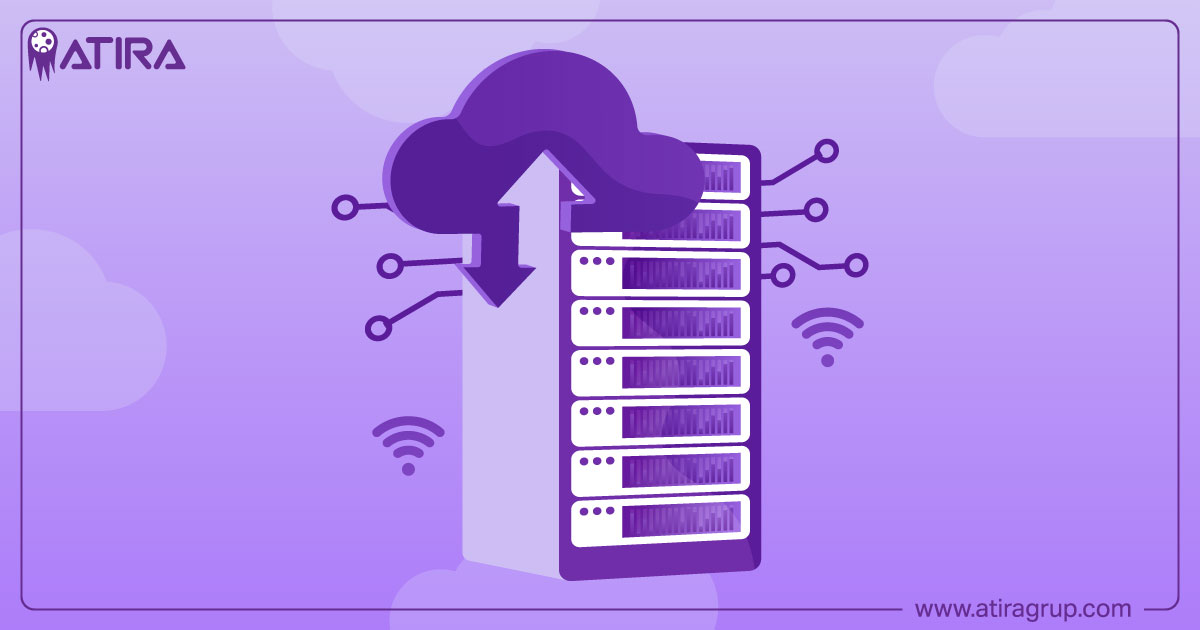Servers are specialized computers that provide data and services to other computers over a network. Unlike personal computers, servers are designed to manage complex processes and multiple user requests. In this guide, we’ll cover what are servers, the types of servers, their components, and how they operate.
Key Takeaways
- Servers are specialized computer systems designed to provide resources and services to client computers through a client-server model, ensuring performance and scalability.
- Key components of servers include CPU, RAM, storage, and operating systems that work together for efficient operation and data management.
- Different types of servers, such as web, file, and database servers, serve distinct functions and are essential for various applications and business needs.
Table of Contents
Defining Servers
A server computer is a specialized computer system designed to provide resources, data, services, or programs to client computers over a network. This definition encompasses both the hardware and software aspects of servers, including server class hardware. Unlike personal computers, which are built for individual use, servers are engineered for performance, reliability, and scalability to handle complex processes and manage multiple user queries efficiently.
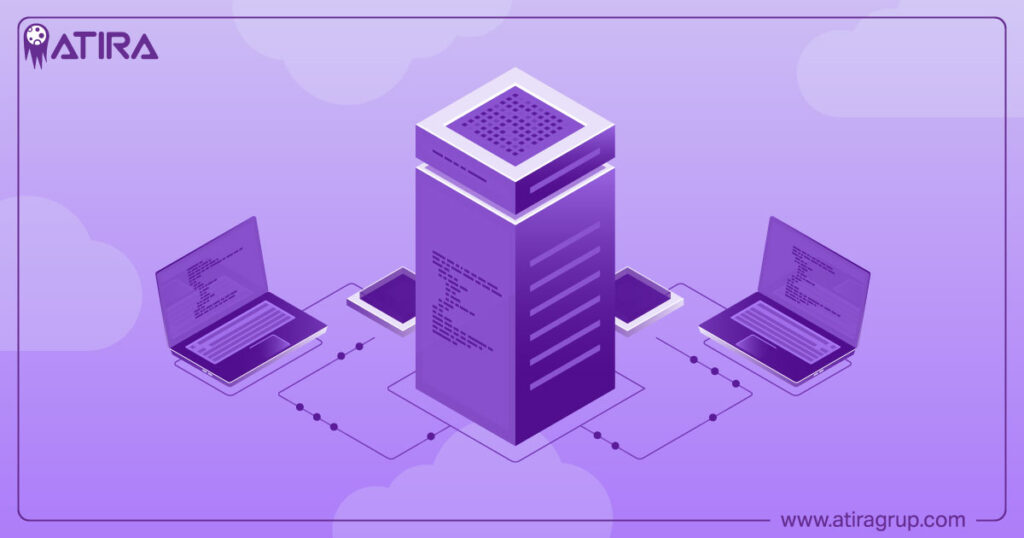
The client-server model is a fundamental architecture in computing, where computation tasks are distributed across multiple devices. In this model, servers are designated for specific tasks, while clients, which also have computing capabilities, make requests to servers.
This architecture allows servers to manage demanding tasks by providing dedicated resources and specialized services, crucial for modern digital experiences. From connecting computers to the internet to sharing files, sending emails, and displaying web pages, servers facilitate these essential server functionality.
How Servers Operate
In the client-server model, clients send requests to servers, which then respond accordingly. For example, when a user requests a web page, the server retrieves, processes, and sends the necessary data to the client’s web browser for display. This interaction is seamless and occurs in the blink of an eye, thanks to the server’s ability to manage multiple simultaneous connections efficiently using high bandwidth.
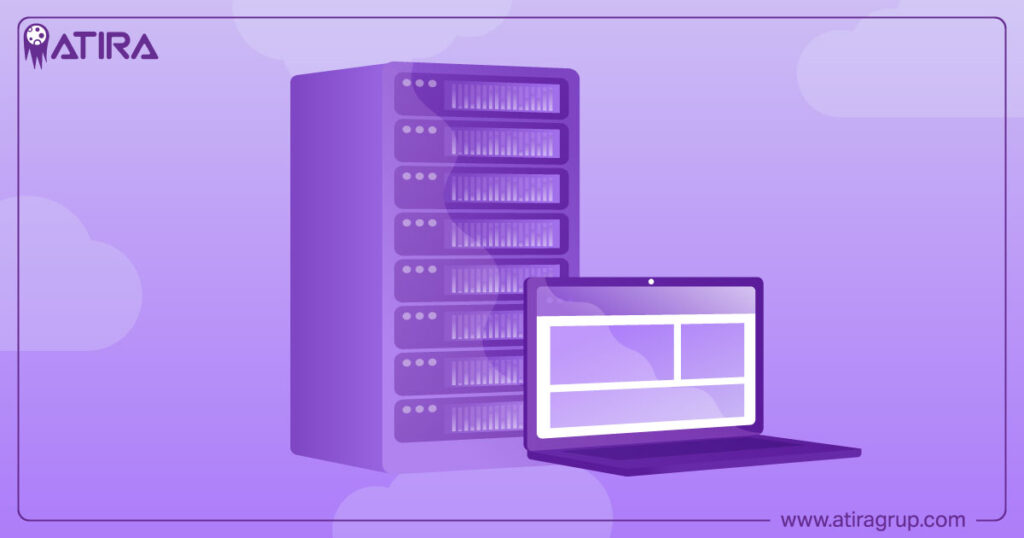
Servers also handle critical tasks like data storage, protection, and management. They manage complex computations, store large data volumes, and secure sensitive information. These capabilities make servers indispensable in both personal and professional computing environments, providing the backbone for services we rely on daily.
Key Components of a Server
Key server components include:
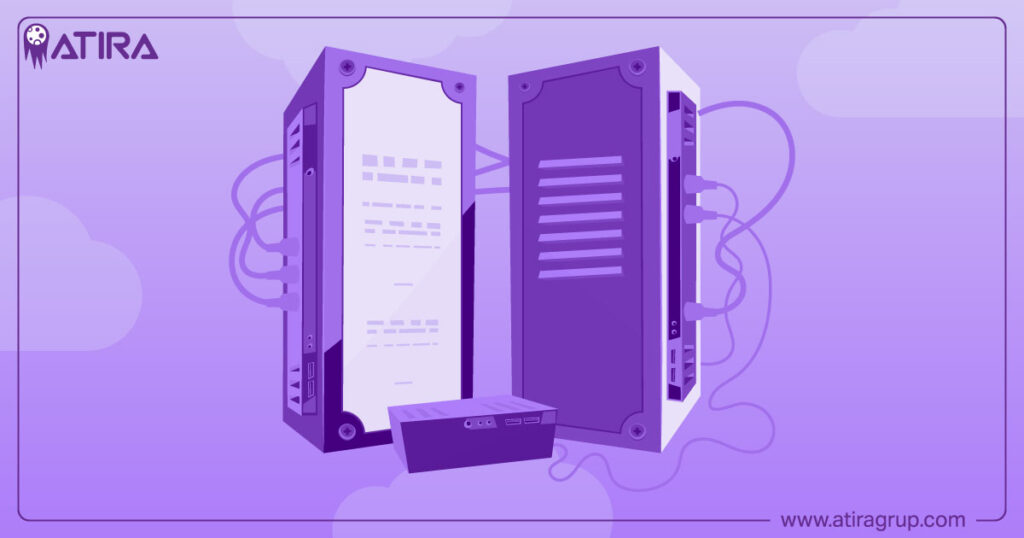
- The CPU, or central processing unit, which acts as the server’s brain, managing resources and executing client data requests.
- RAM, or random access memory, which provides short-term memory, enabling quick data access for the CPU during processing tasks.
- Storage, which holds the data and files necessary for the server’s operation.
- Operating system files, which are essential for the server to function and manage hardware resources.
This breakdown highlights the critical components that contribute to a server’s performance and functionality.
Servers typically use hard disk drives (HDDs) or solid-state drives (SSDs) for permanent data storage, retaining information even when powered off. The motherboard interconnects essential parts and facilitates communication and power distribution within the server.
A server’s networked computer network connection, wired or wireless, is vital for communication with clients and other servers. The server’s power supply converts AC power to DC power, providing the necessary energy for operation.
These components work together to ensure that servers can perform their functions reliably and efficiently, providing the necessary resources and services to client computers.
Types of Servers
There are multiple servers types of servers, each designed to serve distinct functions within a network. Knowing these types helps in selecting the right server for specific business needs.
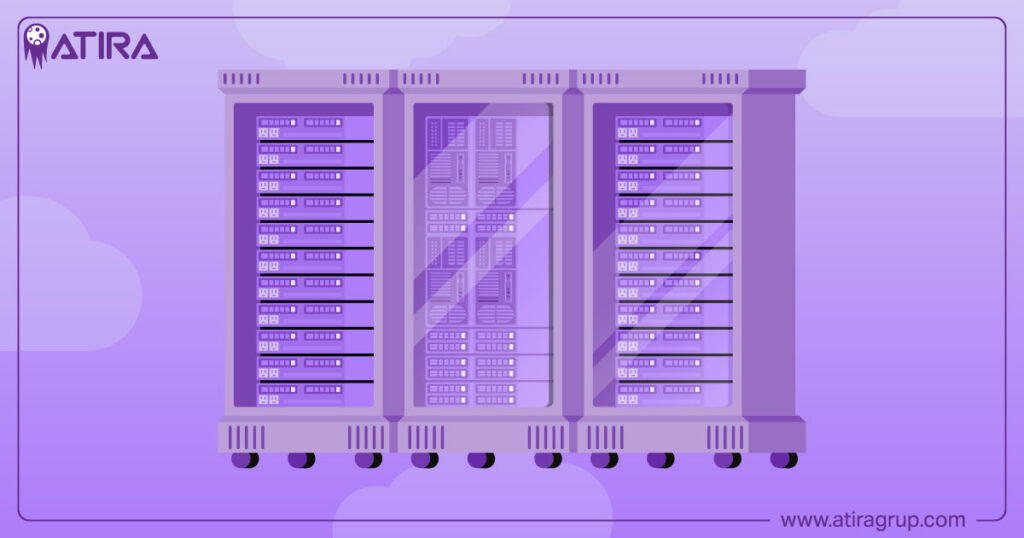
Examples of server types include:
- Web servers
- File servers
- Database servers
- Mail servers
- Proxy servers
- Application servers
- DNS servers
- Print servers
- Game servers
- FTP servers
Each type serves a unique purpose, from hosting websites to managing emails and facilitating multiplayer gaming.
Web Servers
A web server is responsible for server hosting programs and data. It serves these resources to users via the Internet or an intranet. They host applications and respond to web content requests from users across networks.
Popular web server software includes Apache web server, Microsoft Internet Information Services, and Nginx, which are essential for running websites and delivering web content such as pages, images, and videos. The Apache HTTP Server is a key player in this landscape.
File Servers
File servers enable multiple users to access centrally stored files and folders over a network. They can store various file types, such as:
- text
- images
- graphics
- audio & video files
Protocols like FTP, HTTP, SMB, or NFS facilitate file access and sharing on servers, examples being Windows File Server and NAS devices.
Database Servers
Database servers manage and store data, enabling applications to retrieve it. They ensure data integrity, security, and efficient querying. Common software for database servers includes MySQL, PostgreSQL, and Microsoft SQL Server, which are used to manage data effectively in data management database management systems and database management.
These servers are essential for executing SQL queries to manage and retrieve structured data.
Mail Servers
Mail servers manage the sending, receiving, and storing of emails, handling all aspects of email delivery. Functioning like a post office, they store and sort mail before delivery. Examples of mail server solutions include Microsoft Exchange and Postfix, which provide various email management capabilities.
Proxy Servers
Proxy servers intermediate between clients and servers, forwarding client requests to other servers. They boost security and network performance by caching web content, load balancing, and reducing bandwidth usage. A proxy server acts as a mediator in this process. A proxy server enhances the overall efficiency of network communications.
There are notable types of proxy servers. These include reverse proxy servers and CDN servers.
Application Servers
Application servers offer a runtime environment and process application logic in application server programs. They develop, process, and run web-based applications, hosting web apps on the network without local installation.
They can also act as web servers, holding large volumes of application data for multiple clients within a large and complex network, including data centers and other computers.
DNS Servers
DNS servers translate domain names into IP addresses, converting user-friendly URLs into machine-readable locations, including the client’s IP address. This process is essential for internet navigation, enabling easier access to web locations through dns servers domain.
Print Servers
Print servers link printers to client computers and manage print tasks efficiently. They manage printers by queuing and handling print requests from a print server.
Print servers utilize various protocols to manage print jobs. These include the Internet Printing Protocol, Line Printer Daemon protocol, and JetDirect.
Game Servers
Game servers synchronize game states and player connections in multiplayer environments. They ensure data synchronization across all players, creating a cohesive multiplayer experience.
Game server software differs depending on the game title. Additionally, it can vary by platform as well.
FTP Servers
FTP servers facilitate secure file transfers between computers. They offer a reliable method for sharing files over a network. They manage file transfers by enabling users to download from or upload to the server, ensuring secure and efficient transfers.
Selecting the Right Server
Choosing the right server starts with evaluating business goals to ensure it meets operational needs without being overly powerful. Knowing specific application requirements helps in selecting appropriate server hardware, given the varying processing demands of different applications. Assessing processor specifications ensures cost-effective decisions by avoiding unnecessary high-performance components.
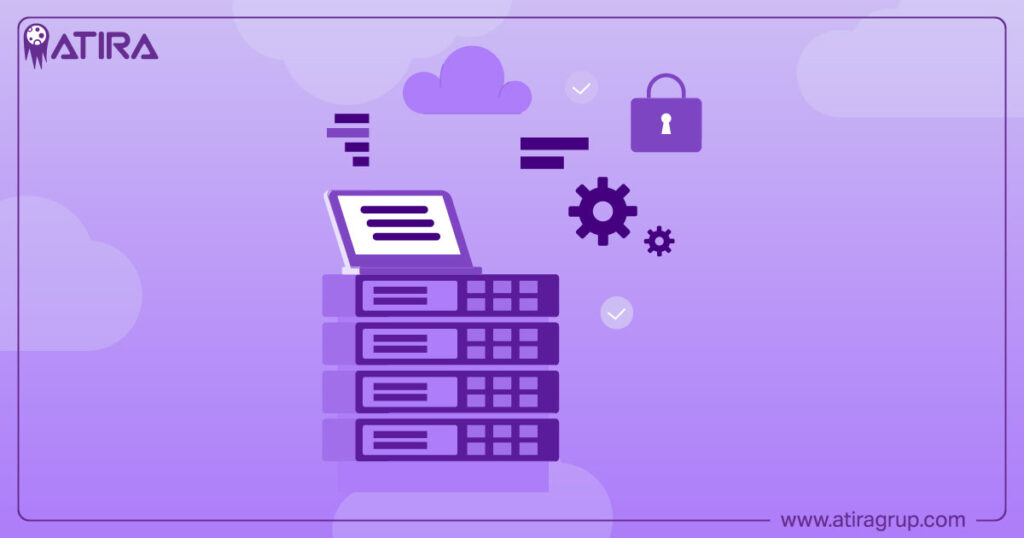
Choosing the right server configuration—rack servers, blade servers, or tower—depends on space and processing needs. Inventorying available switch ports ensures compatibility with new server deployments, avoiding potential network issues.
Choosing the right server solution is critical as it impacts overall performance and scalability. Carefully considering these factors ensures businesses choose a server that meets their needs, providing necessary performance, scalability, and reliability.
Server Software
Server software enables servers to execute tasks, interact with clients, and manage hardware effectively. A computer program like specialized software, such as monitoring tools like Nagios, Zabbix, and SolarWinds, tracks performance, resource use, and issues, ensuring smooth business operations.
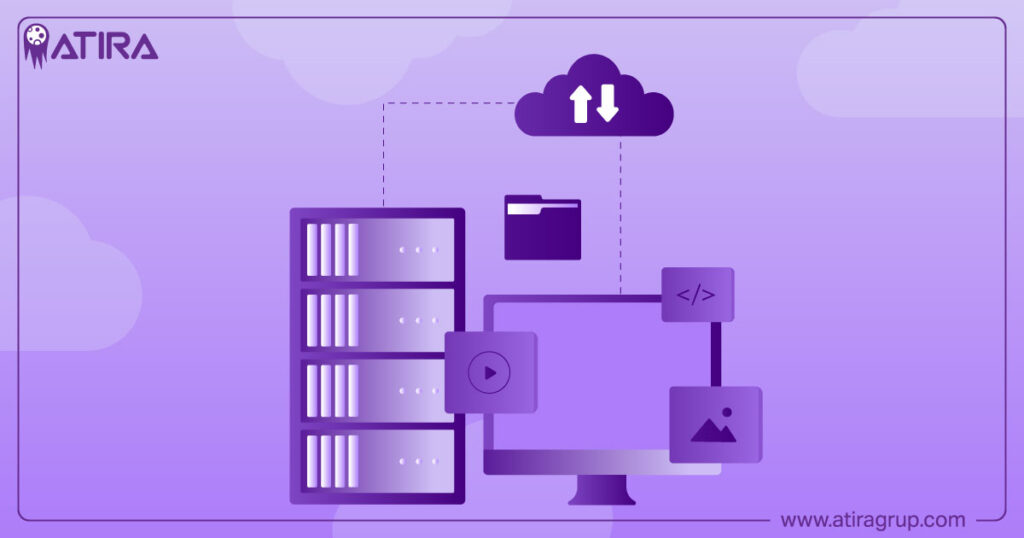
Server management software simplifies resource administration, configurations, and performance monitoring, examples being Microsoft System Center and VMware vCenter, including features for remote management.
Operating Systems
Popular server operating systems include Windows Server, various distributions of Linux, and Unix-based systems. The server operating system manages hardware resources, facilitates communication, and responds to client requests. Major Linux server operating systems include Red Hat Enterprise Linux, Debian, and CentOS, offering robust server management solutions.
Windows Server 2016 is the current version, popular for managing server tasks due to its comprehensive features and integration capabilities.
Virtualization Software
Virtualization software enables multiple virtual instances on a single physical server, enhancing resource efficiency. Hypervisors manage hardware processes for virtual servers, running multiple instances and presenting virtual hardware to them. Popular virtualization platforms like VMware vSphere, Microsoft Hyper-V, KVM, and Xen are used to create and manage virtual machines.
Bare-metal hypervisors install directly onto server hardware, enabling efficient virtualization without a host operating system. These hypervisors, or virtual machine monitors (VMM), create virtual machines for flexible and efficient server management.
Security Software
Security software protects servers against preventing unauthorized network access and preventing unauthorized network access and cyber threats. Server security tools include antivirus software, firewalls, intrusion detection systems (IDS), and encryption tools.
Prominent server security solutions include Symantec Endpoint Protection, Palo Alto Networks, and Snort.
Server Maintenance and Management
Routine maintenance, including software updates, hardware diagnostics, and security audits, ensures server performance. Regular maintenance scheduling helps avoid critical problems like hardware failures and security breaches. Maintaining the server room environment, including temperature control and dust minimization, is essential for server reliability.
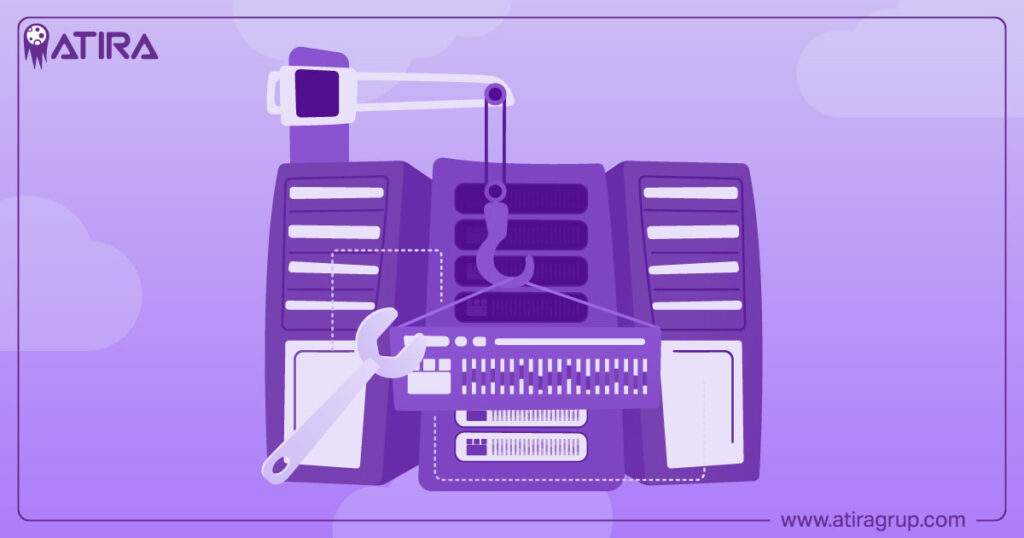
Hiring professionals for server maintenance ensures effective task performance and prevents potential issues. Regular security audits help identify and mitigate potential server infrastructure vulnerabilities.
Monitoring network utilization ensures the server can handle current and future demands.
Examples of Server Use Cases
Servers evolved from mainframe computers and minicomputers that connected to terminals for user interactions. Traditional servers were the backbone of early computing, providing centralized processing power and data storage. Today, computer servers are versatile and specialized, supporting a wide range of applications and services.
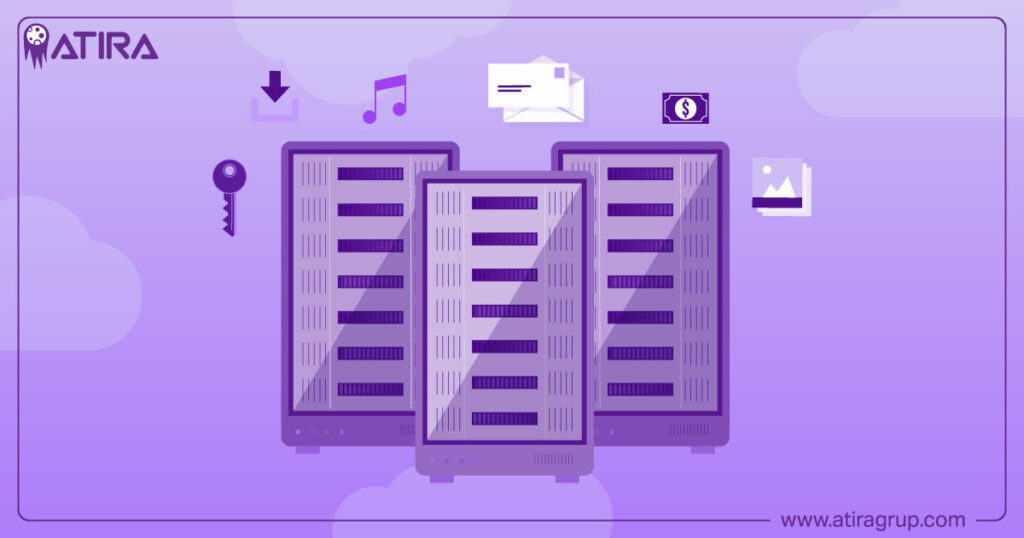
Game servers are a notable example, supporting multiplayer gaming by managing connections and synchronizing game data. They host multiplayer games like Counter-Strike and Minecraft, ensuring low latency and high performance for a smooth gameplay experience.
This evolution highlights the critical role servers play in both historical and modern computing.
Summary
In summary, servers are indispensable components of modern computing, providing the necessary infrastructure for a wide array of applications and services. From web servers that host websites to database servers that manage vast amounts of data, each type of server plays a unique and critical role.
By understanding the different server types, their functionalities, and how to select the right one, businesses can ensure they have the robust infrastructure needed to thrive in today’s digital world. Embrace the power of servers to unlock new possibilities and drive innovation in your organization.
Read more:
Top Strategies for Succeeding as a Digital Strategy Consultant
Frequently Asked Questions
What is a server, and how does it differ from a personal computer?
A server is a system designed to provide resources and services to client computers over a network, emphasizing performance and reliability. In contrast, personal computers are typically built for individual use and general tasks, lacking the extensive capabilities of a server.
How do web servers and application servers differ?
Web servers primarily deliver web content, while application servers provide a runtime environment for applications and process application logic, often performing both roles simultaneously. This distinction is vital for understanding how user requests are handled in a networked environment.
What are the benefits of using virtualization software on servers?
Utilizing virtualization software on servers significantly enhances resource efficiency by enabling multiple virtual instances to operate on a single physical server. This flexibility not only improves server management but also optimizes overall performance.
Why is server maintenance important?
Server maintenance is essential to ensure optimal performance and to mitigate risks such as hardware failures and security breaches. Regular maintenance tasks, including software updates and security audits, are vital for the longevity and reliability of server systems.
What role do game servers play in multiplayer gaming?
Game servers are essential in multiplayer gaming as they manage player connections and synchronize data, facilitating a smooth and cohesive experience. Their ability to maintain low latency and high performance is crucial for uninterrupted gameplay.

